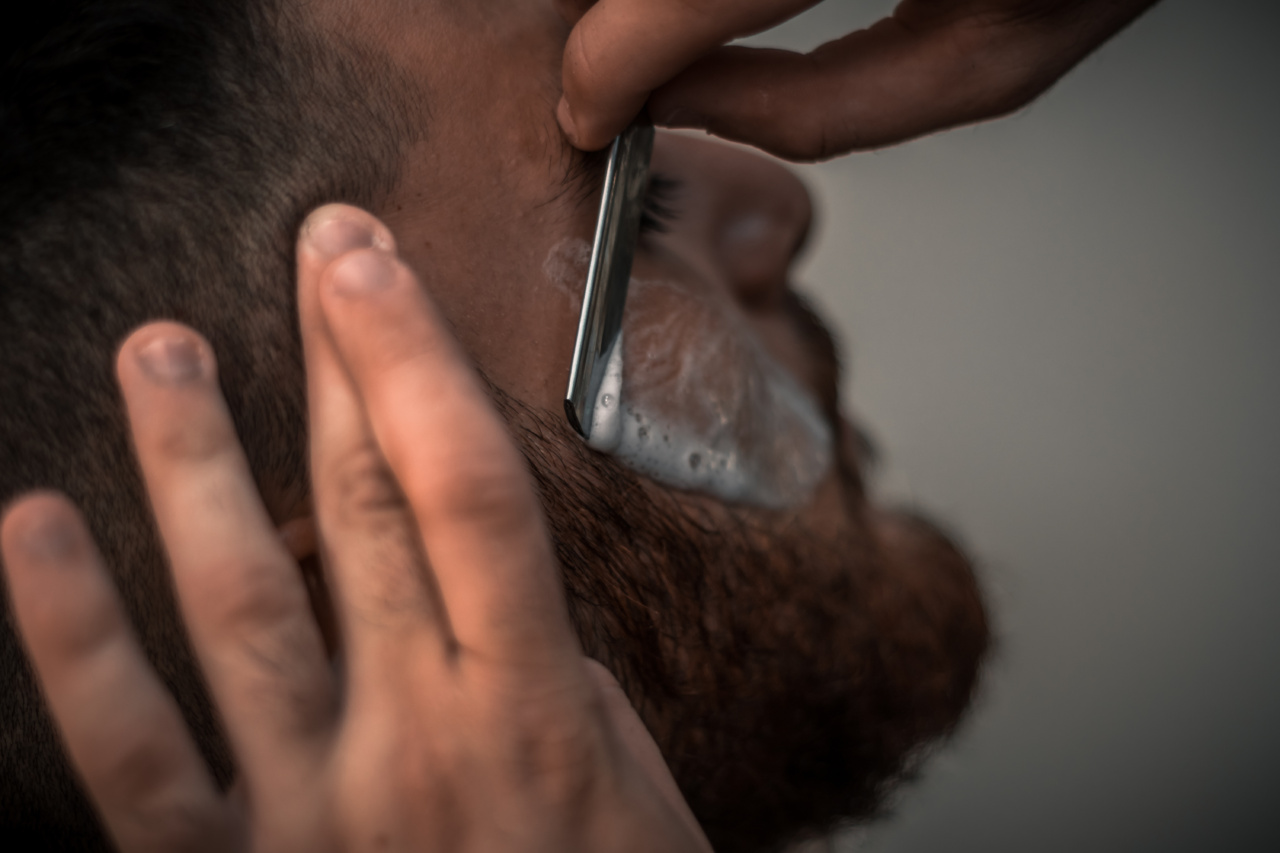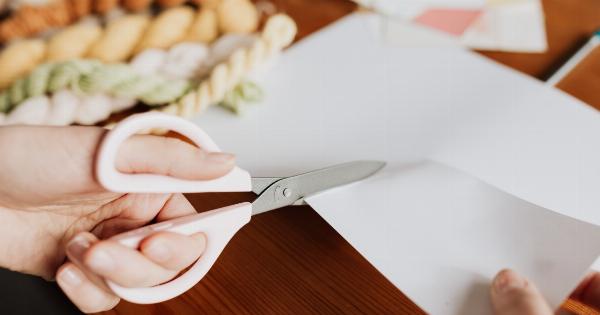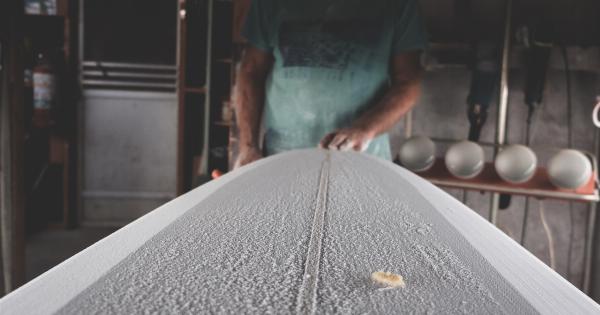Shaving is an essential part of grooming for both men and women. However, it can often lead to unpleasant razor burns and cuts if not done correctly. These issues can cause discomfort, pain, and even infections.
Luckily, there are several small tricks you can incorporate into your shaving routine to prevent razor burns and cuts. In this article, we will discuss these effective tips and techniques to help you achieve a smooth and irritation-free shave.
1. Use a Sharp Razor:
One of the primary causes of razor burns and cuts is using a dull blade. It pulls on the hair instead of cutting it cleanly, leading to irritation and nicks. Therefore, it is crucial to use a sharp razor blade.
Replace your blade regularly to ensure a smooth shaving experience. A general rule of thumb is to change the blade every 5-7 shaves.
2. Prepare Your Skin:
Properly preparing your skin before shaving can significantly reduce the chances of razor burns and cuts. Start by cleansing your face or body with a gentle cleanser to remove any dirt or oil. Then, use warm water to soften the hair and open up the pores.
It is also helpful to exfoliate gently to remove dead skin cells and lift the hair for a closer shave.
3. Use Shaving Cream or Gel:
Never underestimate the value of a good shaving cream or gel. These products provide a protective barrier between the razor and your skin, minimizing friction and reducing the risk of irritation and cuts.
Choose a high-quality shaving cream that suits your skin type and lather it up for a creamy and moisturizing shaving experience.
4. Shave in the Direction of Hair Growth:
Shaving against the direction of hair growth may give you a closer shave, but it also increases the likelihood of razor burns and cuts. Always shave in the direction of hair growth to reduce friction and irritation.
If you want an even closer shave, you can reapply shaving cream and shave gently across the grain, but avoid going against it.
5. Don’t Apply Excessive Pressure:
Many people apply excessive pressure while shaving, thinking it will result in a smoother shave. However, this can actually damage your skin and lead to razor burns and cuts. Let the weight of the razor do the work for you.
Use gentle, smooth strokes and avoid pressing too hard against your skin.
6. Rinse the Blade Frequently:
As you shave, hair and shaving cream can accumulate on the razor blade, affecting its performance. Rinse the blade under running water after every few strokes to remove any buildup.
A clean blade will glide smoothly, reducing the chances of nicks and irritation.
7. Finish with a Cool Water Rinse:
Once you’ve finished shaving, rinse your face or body with cool water to soothe the skin and close the pores. The cold water will help reduce any inflammation or redness caused by shaving.
Pat your skin dry gently with a soft towel, avoiding any rubbing motions that can irritate your skin further.
8. Apply a Soothing Aftershave or Moisturizer:
To further protect your skin after shaving, apply a soothing aftershave or moisturizer. Look for products that contain ingredients like aloe vera or tea tree oil, known for their soothing and healing properties.
These products will calm your skin, prevent dryness, and promote the healing of any minor cuts or burns.
9. Avoid Shaving Over Irritated Skin:
If you already have razor burns or cuts, it is essential to give your skin time to heal before shaving again. Shaving over irritated or damaged skin will only worsen the condition and prolong the healing process.
Allow your skin to recover fully before resuming your shaving routine.
10. Consider Alternative Hair Removal Methods:
If you frequently experience razor burns and cuts despite following all the tips mentioned above, it may be worth considering alternative hair removal methods.
Options such as waxing, epilating, or using depilatory creams can provide longer-lasting results without the risk of razor burns and cuts. Consult with a professional to find the method that best suits your needs and skin type.
Conclusion:
Razor burns and cuts can be avoided by incorporating simple yet effective tips into your shaving routine. Using a sharp razor, preparing your skin adequately, and shaving in the direction of hair growth are fundamental practices.
Additionally, avoiding excessive pressure, rinsing the blade frequently, and using soothing aftershaves or moisturizers will further protect your skin. If these tips do not prove effective, alternative hair removal methods can be considered. By following these small tricks, you can achieve a smooth and irritation-free shave, leaving your skin feeling refreshed and healthy.






























